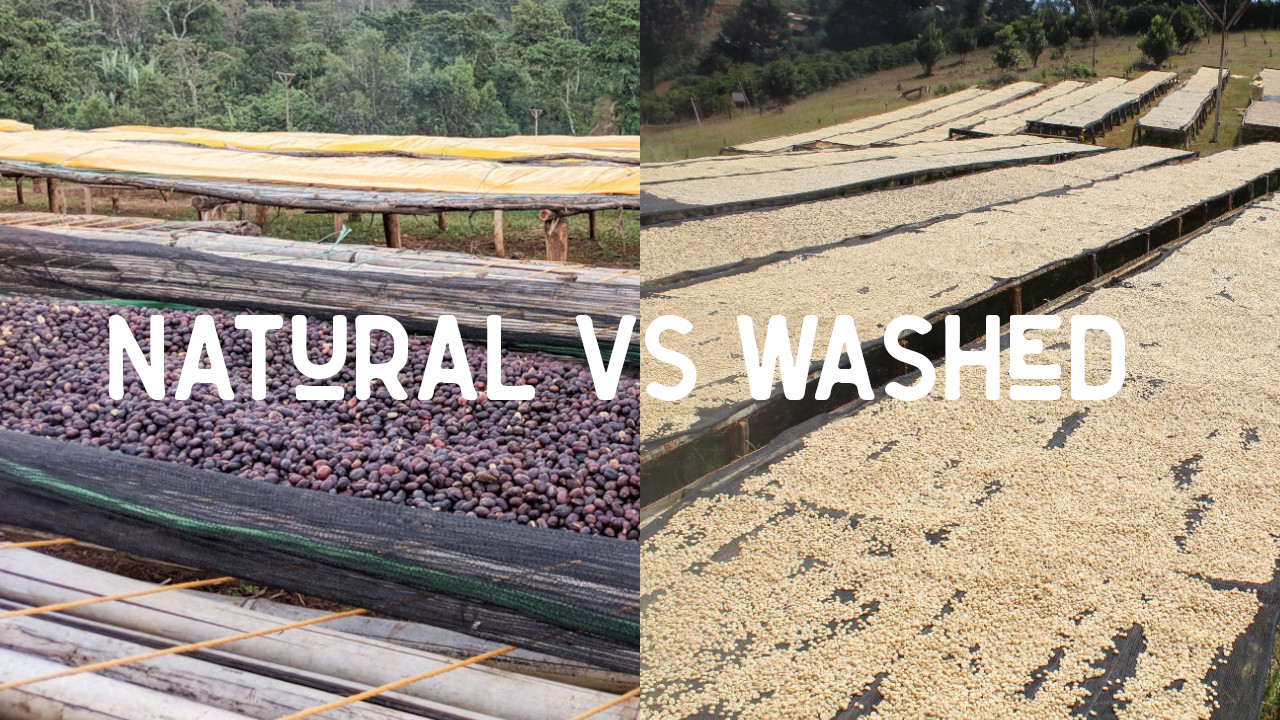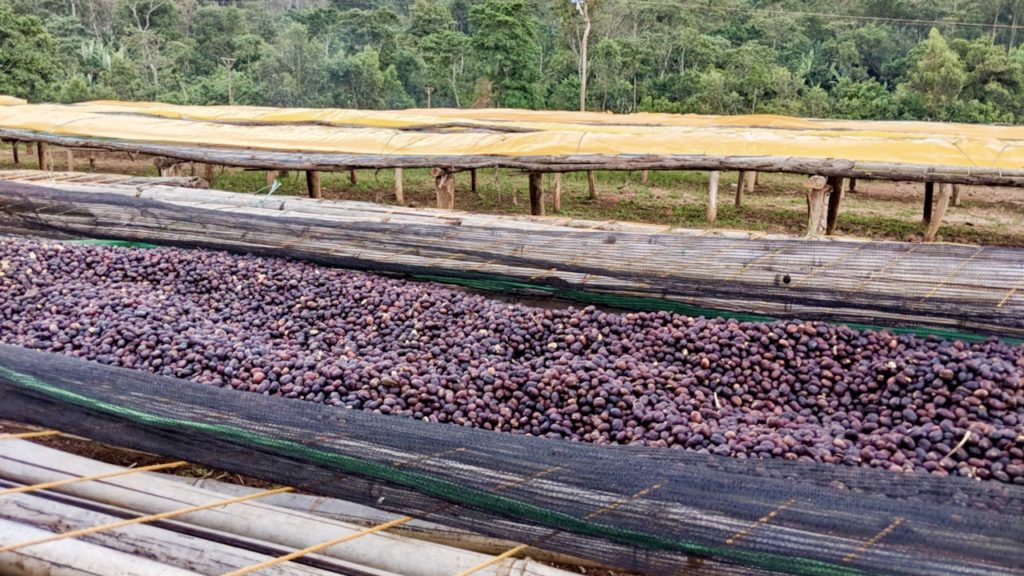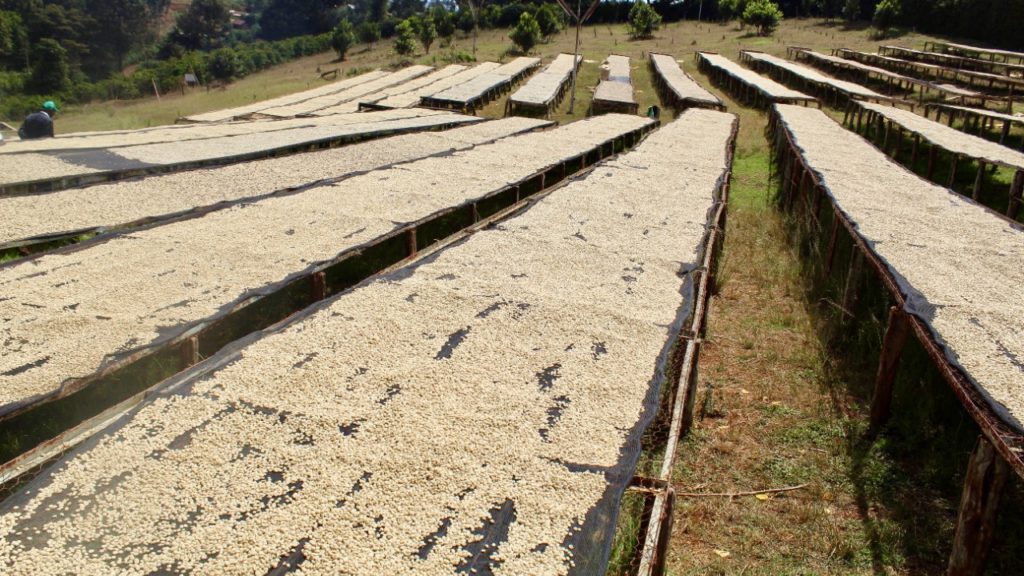
Since the beginning of GREATKUP, our goal is to empower coffee consumers/customers with more insights about their favorite drink they start off their day with, the Coffee they enjoy! As part of this effort, we are putting together interesting quizzes, articles and fun facts for our followers and customers on our Instagram Stories to make it a fun and interesting learning experience.
In this article we wanted to discuss how coffee is processed after coffee cherries (that’s what the coffee fruit are refers to as) are picked from coffee plants by the coffee farmers. In a commercial setting, machine harvesters will be at work but, we source our beans only from the farms where coffee cherries are picked by farmers manually. We support small farmers, micro-lots, and co-op societies run by women. We want farmers to benefit from their hard work.
Based on the ideal conditions, farmers opt for 2 methods of processing, Washed and Natural. To get the actual coffee bean from the coffee cherry, cherries need to be de-pulped.
Natural Process
Whole cherries are dried without de-pulping. This process requires close attention and care from farmers. Cherries drying on the coffee drying beds need to be turned regularly to make sure that the entire cherry is exposed to the sun evenly. The natural process creates or introduces more fruity flavors into the beans through fermentation and the beans have more time to absorb natural fruit flavors from the cherry.
Once the cherries are optimally dried, the pulp is removed through the hulling process.
This process is time-consuming, must be carefully done to avoid damage to the beans, and is efficient only in dry weather countries like Kenya, Ethiopia, and other African countries. We love Natural process coffee beans for their unique fruity taste notes and to develop specific roasting profiles.
In the Natural process fruit taste notes are dominant.

Washed Process
Cherries are de-pulped first and then beans are dried in the sun. As soon as the cherries are picked they are sorted by their ripeness, float tested using water, washed, and de-pulped to get the coffee beans. This process requires water and in some countries, water is a more expensive resource.
More farmers opt for this process as they can produce higher quantity beans from the start and beans tend to develop brighter taste notes. Washed process produces beans with predictable taste notes.
There are 4 steps in the washed process, Sorting, De-pulping, Fermentation, and Drying. In the washed process, coffee bean taste notes are dominant.

Honey Process
This is the 3rd method often referred to as Honey Process. This process is somewhat in between Natural and Washed methods. Once cherries are picked they are de-pulped similar to Washed process but not all the pulp is removed. Small amounts of pulp have remained on the coffee beans during the drying process.
During the drying process, this pulp develops into various colors like Yellow, Red-Black, and in some cases White.
The honey Process refers to the color of the pulp during the drying phase. Beans from this process offer balanced taste notes compared to the Natural and Washed process.
